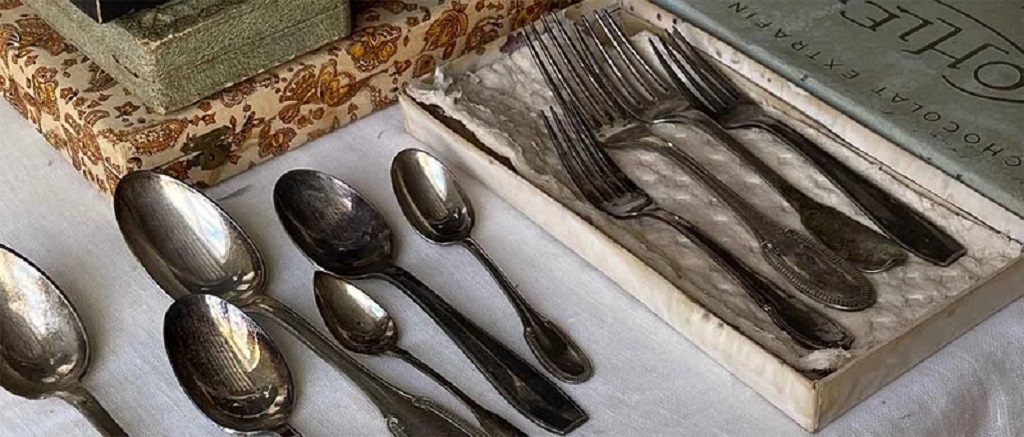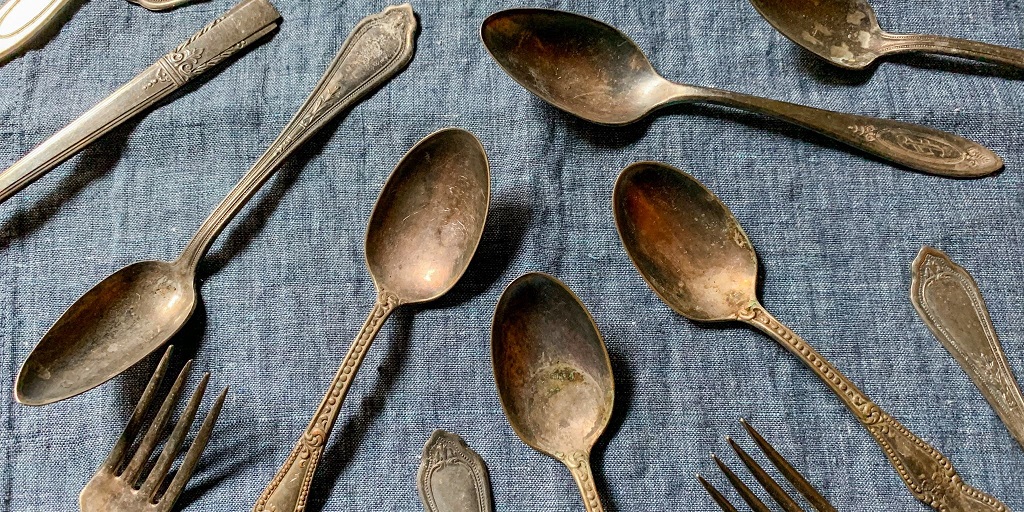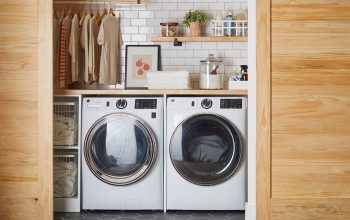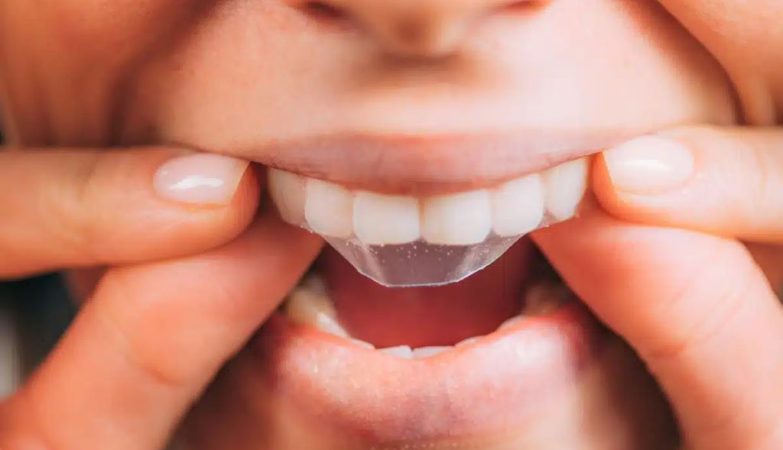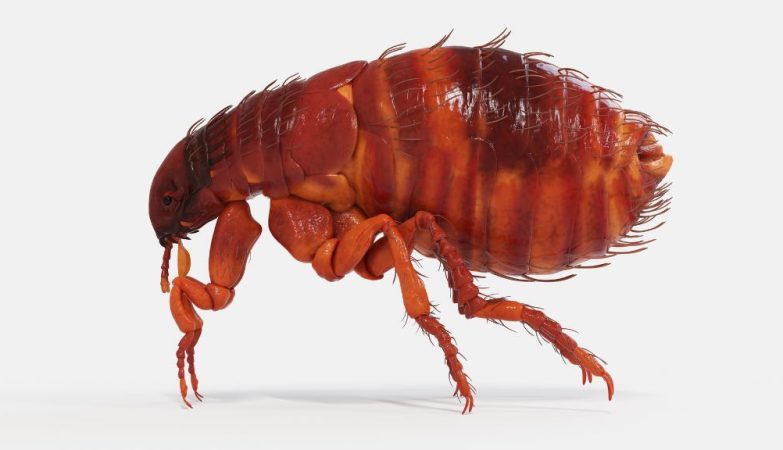Whether you own a beautiful vintage set passed down from generations or recently invested in a new collection, silver cutlery has a way of adding elegance to any table setting. However, maintaining its shine can be a bit of a challenge, especially when tarnish sets in. Tarnish, which is a natural result of silver reacting with sulfur and moisture in the air, leaves a dull, grayish film on the surface, detracting from its natural beauty. Fortunately, with the right methods and a little care, you can restore silver cutlery to its original luster. In this guide, we’ll cover various techniques to keep your silver cutlery gleaming, along with tips for long-term care.
Table of Contents
ToggleUnderstanding Tarnish and Why It Forms on Silver
Tarnish is essentially a layer of silver sulfide that forms when silver reacts with sulfur compounds in the environment. Common sources of these compounds include air pollution, certain foods (like eggs and onions), and even household items like rubber bands or wool. Silver itself doesn’t corrode, but tarnish can be stubborn to remove if left unchecked. To keep your silver cutlery looking fresh, regular cleaning is essential, and proper storage can help slow down the tarnishing process.
Materials You’ll Need to Clean Silver Cutlery
Before you begin, gather the following supplies:
- Soft microfiber cloth or lint-free cloth
- Mild dish soap
- Baking soda
- White vinegar or lemon juice
- Aluminum foil
- Table salt
- Rubber gloves (optional)
- Soft-bristled toothbrush (for intricate designs)
Read More Also: The truth about solar panels
Method 1: Simple Soap and Water Cleaning
If your silver cutlery has only a slight tarnish or simply needs routine cleaning, warm soapy water is often enough.
Steps:
- Prepare the Soapy Solution
Fill a bowl or sink with warm water and add a few drops of mild dish soap. Avoid harsh detergents, as these can be too abrasive and may damage silver over time. - Wash Each Piece Gently
Use a soft cloth to gently wash each piece of cutlery, paying extra attention to any crevices. Be gentle; scrubbing too hard can create fine scratches on the silver. - Rinse Thoroughly and Dry
Rinse the cutlery in clean, warm water to remove any soap residue. Immediately dry each piece with a soft, lint-free cloth to prevent water spots.
This method is gentle enough for regular use and is a good maintenance routine if you clean your silverware after each use.
Method 2: The Baking Soda and Aluminum Foil Method
This method is particularly effective for silverware with moderate tarnish. It involves a chemical reaction that transfers the tarnish from the silver to the aluminum foil, leaving your cutlery shiny and bright.
Steps:
- Prepare the Cleaning Solution
Line the bottom of a large bowl or baking dish with aluminum foil, shiny side up. Place the silver cutlery on top of the foil, making sure each piece touches the foil directly. - Add Baking Soda and Hot Water
Sprinkle a generous amount of baking soda (about 1 tablespoon per cup of water) over the silverware. Pour hot water into the container until the cutlery is fully submerged. - Let it Sit
Allow the silverware to soak for 10-15 minutes. You may notice a faint sulfur smell as the tarnish is lifted from the silver. - Rinse and Dry
Carefully remove each piece from the solution, rinse with warm water, and dry thoroughly with a soft cloth.
This method is highly effective and can bring back even heavily tarnished pieces to a near-new shine.
Method 3: Vinegar and Baking Soda for Heavily Tarnished Cutlery
For very tarnished silverware, a combination of vinegar and baking soda can be especially effective.
Steps:
- Prepare the Solution
Place the silver cutlery in a bowl or sink. Sprinkle a generous amount of baking soda over the pieces. - Add Vinegar
Pour white vinegar (or lemon juice, if you prefer a milder acid) over the baking soda. The mixture will fizz as it starts to lift the tarnish from the silver. Let it sit for about 5-10 minutes. - Scrub Gently if Needed
If there are stubborn spots, gently use a soft-bristled toothbrush to scrub intricate details or heavily tarnished areas. - Rinse and Dry
Rinse each piece thoroughly with warm water and dry immediately with a soft cloth.
Be cautious with this method, as vinegar is acidic and can cause damage if left on silver for too long. This approach should only be used occasionally on heavily tarnished silver.
Method 4: Professional Silver Polish for High-Value or Antique Pieces
If you own antique or high-value silver cutlery, a professional silver polish may be the best option. These polishes are designed specifically for silver and often come with instructions tailored to protect valuable pieces.
Steps:
- Apply a Small Amount of Silver Polish
Place a small amount of polish on a soft cloth or cotton ball. Gently rub it onto the surface of each piece. - Buff and Polish
Follow the manufacturer’s instructions carefully, and avoid over-polishing, as too much friction can wear down the silver over time. - Rinse and Dry
Some silver polishes require rinsing after application, so be sure to read the label. Always dry thoroughly with a lint-free cloth.
Tips for Long-Term Silver Care
To reduce the frequency of cleaning, consider these silver-care tips:
- Use Anti-Tarnish Strips: These strips, available online or at hardware stores, can help absorb sulfur compounds and delay tarnishing.
- Store in Anti-Tarnish Bags: Special bags are made to prevent air from reaching the silver, keeping tarnish at bay.
- Avoid Contact with Rubber and Certain Foods: Rubber, wool, and foods with sulfur can increase tarnishing, so keep these away from silverware.
- Wash Immediately After Use: Avoid leaving silver cutlery exposed to air or food residue for long periods, as this can accelerate tarnish.
What to Avoid When Cleaning Silver Cutlery
- No Abrasive Cleaners: Never use abrasive cleaners like toothpaste or harsh scrubbing pads on silver. They can scratch the surface and dull the finish.
- No Prolonged Soaking: Avoid soaking silverware for extended periods, especially in acidic solutions, as this can harm the metal.
- Avoid Dishwasher Cleaning: Silver cutlery should not be washed in a dishwasher, as the high heat, detergent, and possible contact with other metals can cause significant damage.
Conclusion: Keeping Your Silver Cutlery Looking Its Best
With a bit of routine maintenance and careful cleaning, silver cutlery can remain beautiful for years, adding a timeless elegance to your table. Whether you prefer using a simple soapy water method, the more involved aluminum foil and baking soda technique, or a professional silver polish, there’s a solution to fit your silverware’s needs. Incorporating these cleaning techniques into your routine and storing silverware properly will go a long way in preserving its beauty, making it ready to impress whenever you set the table.

